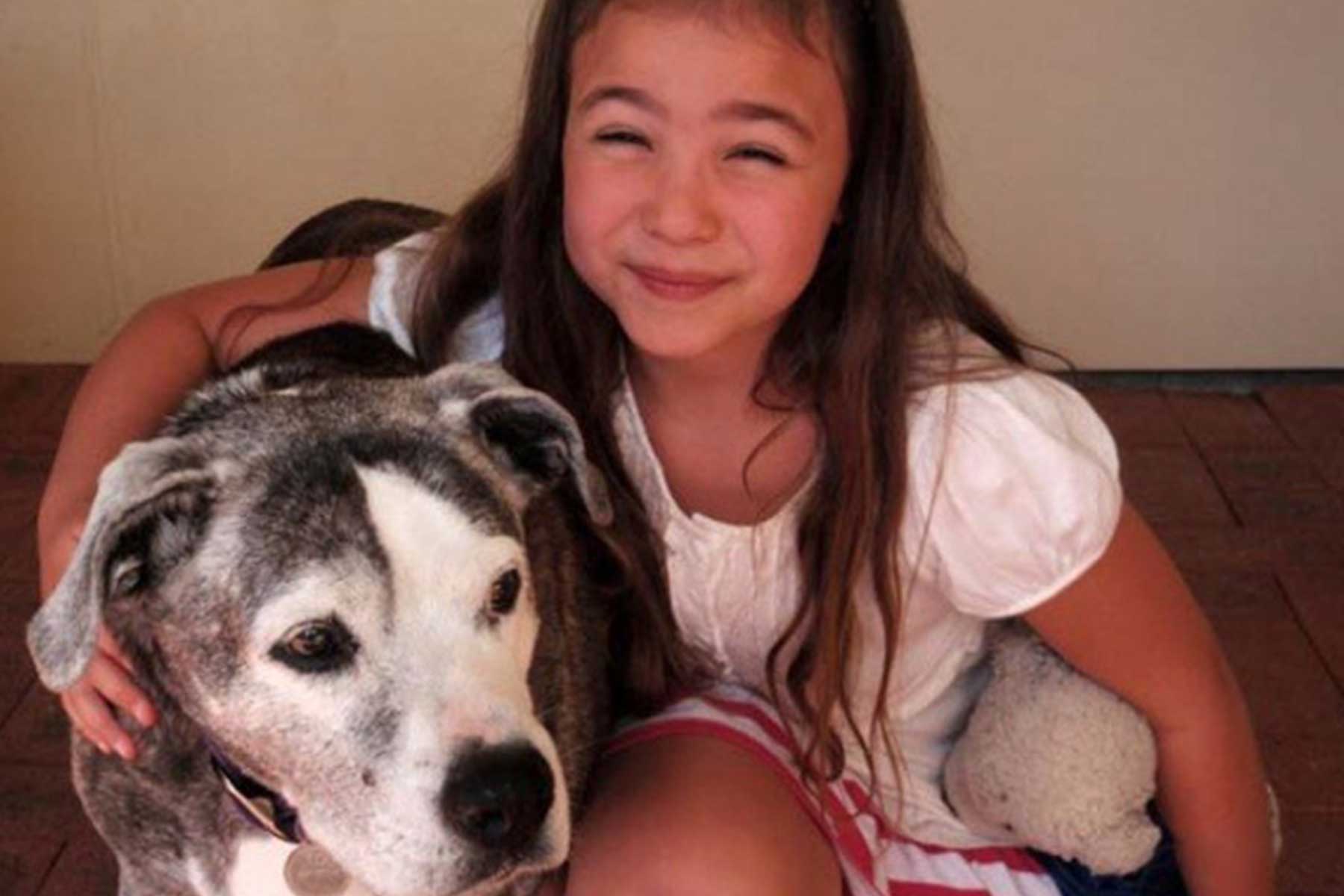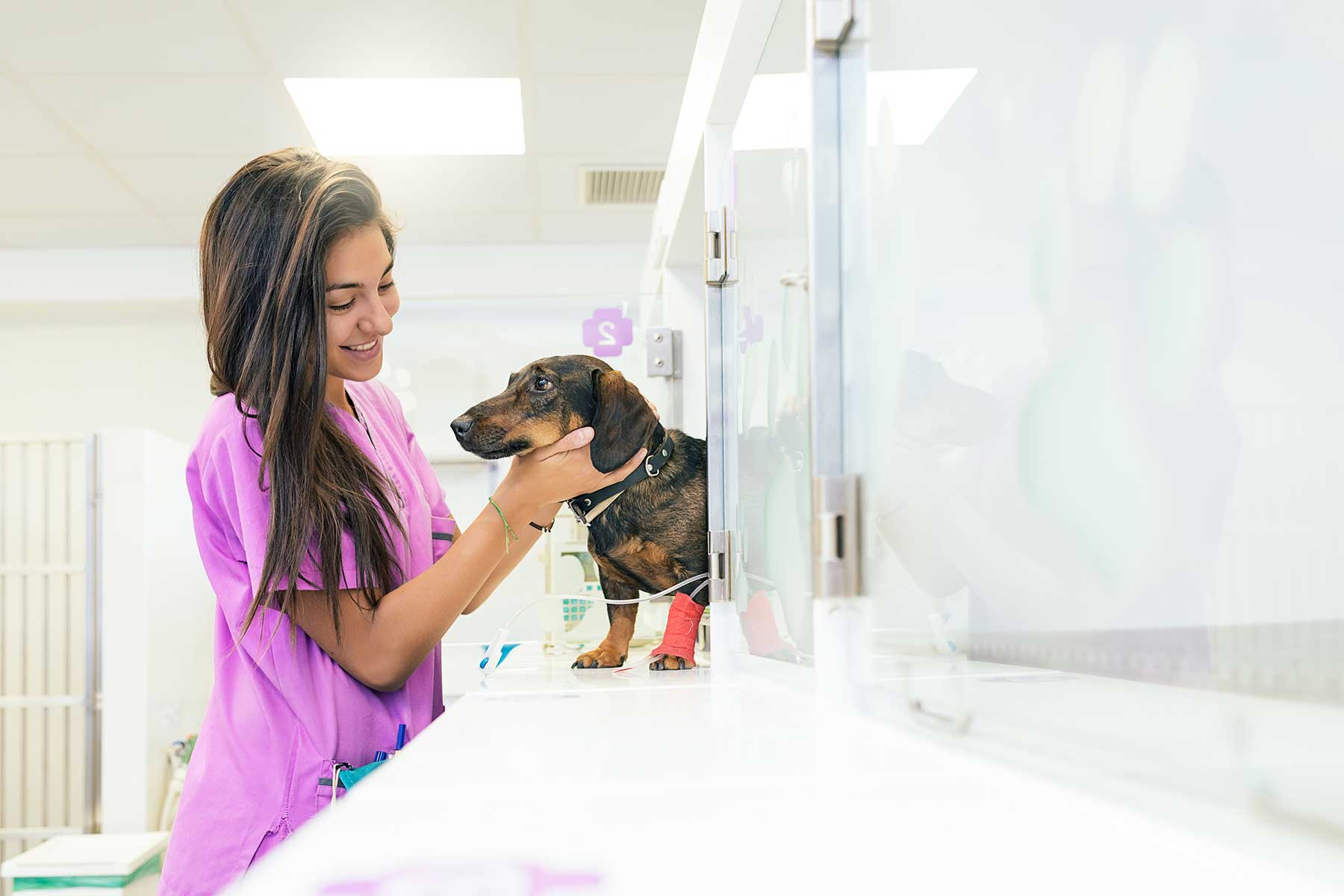“Catification” according to Animal Planet’s cat expert, Jackson Galaxy, is the process of making changes and adjustments to your home that meets the needs of both you and your cat. Your cat’s home environment is everything, and your cat’s happiness is greatly influenced by how you behave and what kind of lifestyle you offer.
Whilst indoor cats generally live longer and are at less risk for catching infections, they are at greater risk for behavioural problems. Living indoors almost automatically deprives a cat of the ability to behave naturally and experience the challenge and frustration that occurs in an outdoor lifestyle. Providing an enriched indoor environment can increase activity and mental stimulation.
Take a look around your home and evaluate what spaces need to be created or improved to make a feline-friendly house. You should look to create spaces that satisfy your cat’s primal instincts and challenges them like the outdoors. Cats are born to jump, play, sleep, eat, hunt, and claim their territory. If your cat has behavioural issues, addressing these needs may be the first step to help with this. Having a happy, confident cat starts by creating spaces that facilitate these behaviours.
Catify to Satisfy!
Here are a few tips for creating a cat-friendly home:
The AAFP and ISFM (International Society of Feline Medicine)
5 Pillars of a Healthy Feline Environment
Pillar 1 – Provide a safe place for your cat where they feel secure. Cats love raised areas where they can observe and retreat. Think about shelves, perches, boxes and cat carriers.
Pillar 2 – Provide multiple and separate key environmental resources: food, water, toileting areas, scratching areas, play areas, rest/sleeping areas. Don’t just limit these all to one room in the house.
Pillar 3 – Provide an opportunity for play and predatory behaviours in the safety of your home. If you don’t provide your cat with this type of stimulation it can lead to problem behaviours.
Pillar 4 – Provide Positive, consistent and predictable human-cat social interaction
Pillar 5 – Create an environment that respects the importance of the cat’s sense of smell
Hideaway Places and Sleep
A safe place for a cat is a private and secure area, often in a raised location. This can give the cat a sense of enclosure, isolation or seclusion. A safe place is one that a cat can retreat to so that they feel protected.
Taking time out from social demands is an essential part of life for a cat, so secret hideaway places are important. These can be made by making space available under the bed, or inside cupboards. They also like their private place to be a warm one too. Cats spend the majority of their time asleep, so it makes sense to focus on this area. Place it in a raised position (Many cats feel a little vulnerable sleeping on the floor), near a source of heat or an area in sunlight. A soft cat bed does the trick but it’s nice to give them a few more options. If your cat likes to burrow under your blanket or in a laundry basket, adding a soft cocoon is a good touch. Does your cat prefer an ordinary cardboard box? If so, creating a cat hammock is as simple as making a few cuts in a box and adding fabric, or simply placing a small chair cushion or a blanket in it.
An assortment of beds should be provided in warm, sunny, quiet or communal areas. Even a bed placed up high on a (stable) cabinet may be a hit. They don’t have to be custom beds designed for the purpose as the average cat is perfectly content with their owner’s bed, chairs or sofas. You may wish to place some warm bedding on your furniture in your cat’s favourite sleeping spot. Make sure any cat bedding provided is washable but don’t clean it too frequently, as cats gravitate towards surfaces with a familiar scent.
Create a Vertical Space
Vertical space is so important as it opens up their space and makes it easier for cats in a multi-cat household to get along. This is because they can share their space as there are enough spots to go around. Cats are natural climbers and getting high up allows them to survey their world from above, which they may do outdoors. It encourages exercise by giving them somewhere to jump to. There are many awesome (and attractive) ways to create vertical space: cat trees, cat shelves, staircases, and the connection of these vertical spaces to create “cat pathways”. Shelves can be constructed specifically for the cat’s use; which should include a non-slip surface.
Access to windows, preferably with perches, provides mental stimulation as your cat looks out to see the outside world. Always remember, cats need to be able to get down: getting up is easier. Giving cats a place above gives a well-being feeling of “this space is mine”, and a feeling of confidence, security, and comfort.
Climbing, Jumping and Scratching
Outdoor cats love to race up trees, so if you don’t want them climbing on your furniture, you will need to provide them with other places to do this. There are a variety of cat trees and lounges to choose from. You can also try natural objects, such as scrap wood or an arrangement of branches.
It is natural for a cat to scratch, so providing the materials for this, such as a carpeted post or cardboard plank is important. To train your cat to use these items, reward them with treats and praise each time your cat scratches appropriately. You can also place catnip, treats and toys on or near the post to encourage this behaviour. Cats have preferences as to texture, so if your cat does not seem interested in one type of post or material, try another until you find the right fit.
Play and Hunt
It is very important for a cat’s energy to be released. Owners need dedicated time for 1 on 1 play.
Predatory play: Interactive toys are good for long periods if owners are out. Cats will get bored with a toy after a while, so it is important to provide only a few toys at a time on a rotating basis to keep your cat’s interest. Toys that move randomly are great; those that are motionless and left lying around soon become predictable and boring. Toys made from fur material or feathers that are of a similar size to prey animals are popular, especially toys that mimic the hunt of air and ground prey. Please just be careful to avoid toys containing string when providing play/predatory toys, as they can get stuck in the bowel if swallowed. Those that contain catnip – a herb that cats can find particularly attractive are also a favourite.
Cat Flaps
If cats have any access outdoors it may be facilitated via a cat flap. The greatest challenge to the cat’s perception of security in the home is the cat flap. Cats often see the flap as a vulnerable point in the defences of their home where any invader could potentially gain access. This can lead to a state of vigilance and a feeling of uneasiness. If your cat has restricted access outside or chooses to venture out only in your presence, it may be preferable to remove the cat flap altogether. Otherwise, it would be sensible to move all your cat’s important things well away from this potential danger zone.
To minimise the risk of other cats entering your home it is possible to purchase flaps that offer entry to only the resident cat. Magnetic keys can be located on a collar that unlocks the flap but these rely on the cat not losing the collar and that no other cat in the neighbourhood has a replica of the same magnetic key for their own flap that would unlock both. The process of disconnecting the locking mechanism also takes a few seconds so hitting the flap at a run, with another cat in hot pursuit, is like hitting a brick wall. Once your cat unlocks the flap and gets indoors there is no guarantee that the other cat won’t get in right behind it. Modern flaps now work by reading the individual’s microchip under the skin on the back of its neck that is placed there for identification purposes and the unlocking process is faster.
Food and Water
Make sure food and water is located inaccessible areas around the home.
Food – Make feeding more natural: use food puzzles, interactive toys or food balls. You can purchase these items at any pet supply store or make them yourself. To create homemade puzzles from a cardboard box or a plastic bottle, simply cut small holes into the object and fill it with your cat’s favourite food or treats. Just be careful of the sharp edges and lids of a plastic bottle (you can tape them). You can also hide food in different places around the house so your cat can “hunt” for his/her food. Place the food in corners, on shelves or behind furniture. Start by hiding the food in the same spot each day. After a few days of this, try to hide the food near the same location but not exactly in the same place. Once the cat has gotten used to “hunting” for the treat, you can move on to areas further away. This should be done daily so your cat gets used to the routine of searching and reward.
Water – Many owners always place water in the same location as the food bowl. Cats naturally hunt for food and search for water on separate occasions to satisfy either hunger or thirst. Finding water elsewhere can be extremely rewarding and there should be at least one water container per cat in the household plus one extra, in various locations away from food. Some cats don’t like the chemical smell from tap water so filtered or boiled water can be used. Pet drinking fountains and even glass tumblers are popular drinking vessels for cats, but regular bowls can also be attractive if they are presented appropriately and are large enough that your cat can drink without touching its whiskers against the sides. Cats like the bowl to be full to the brim so that they can lap without putting their heads down.
Litter Box
Make the litter box attractive. Some cats are big and need a large box. Most cats have different preferences as to which litter they like. You can experiment by offering a choice of litters in side by side boxes for a week to see which your cat prefers. The position of the litter tray is important. It should be located in a discreet corner, away from food and water, full-length windows and busy thoroughfares. Cats may see external doors and cat flaps as potentially dangerous places so locating them as far away as possible from these stressful areas would be ideal for your cat. If your cat is choosing not to use the litter box consistently, there may be too much noise or activity where the box is located. For example, many pet owners use the laundry room without realizing that noises from the washer or dryer may frighten or stress the cat while they areusing the litter box. If your cat is constantly eliminating in the same spot, a box should temporarily be placed in that location. When the cat is back in the box consistently, it can be moved a small distance at a time to a more convenient location for the household.
One tray for every cat in your household, plus one extra (ideally) should be placed in different, quiet locations away from food. This doesn’t mean that each cat will automatically choose their own tray, but it will give a general sense that there is plenty of choice.
Litter boxes should be kept clean. That means scooping twice a day, cleaning and changing litter either daily (newspaper) or weekly (crystals or clumping), (depending on the type) and buying a whole new box yearly. If you are using a hooded box, do not forget to clean the underside of the hood. Some hooded cat trays are too small for large cats. If you have a senior cat: think about their comfort of getting into and out of the tray with ease.
Vegetation
A source of grass is essential for the house cat to act as a natural way to clear hair from the gut that has been ingested during grooming; some cats may vomit after eating grass but this is normal. It can be purchased as “kitty grass” or pots of grass and herbs can be grown specifically for this purpose.
A Safe Space Outdoors
A cat enclosure, also called a “catio”, is a safe and enclosed space that can be built in the garden, balcony, window, or patio to provide pet cats with an environment where they can fulfil all their natural needs. By satisfying cats’ natural needs to be outdoors, catios provide the enrichment they need and keep them healthy and happy, without putting their safety at risk. It is also a good idea to research non-toxic plants to cats when putting these in your enclosure or inside the house.
A Cat’s Sense of Smell
Cats use olfactory (smell detected by the nose) and chemical information to evaluate their surroundings and maximize their sense of security and comfort. Cats use olfactory and pheromonal signals through the use of scent marking by facial and body rubbing. When a cat encounters an object, they tend to rub their tails and sides on them. This identifies the things marked as belonging to a specific group and it establishes the boundaries of their living area in which they feel secure and safe. Wherever possible, humans should be careful not to interfere with a cat’s olfactory and chemical signals and scent profile.
Therefore, a vet visit (coming back smelling like the hospital) can lead to a conflict between cats. For this reason, it can be useful when integrating new cats or bringing pets home after an absence, to rub them with the other cat’s scent. This helps re-integrate them back into the group.
Other things that help; providing scratching areas that allow a cat to deposit its scent through glands in the pads of its feet. Washing a cat’s bedding on a rotation basis can also help so that some items will retain the cat’s scent.
An enriched environment will give cats the opportunity to create their own positive experiences in an enclosed space. The goal is to “create an environment of plenty” for your cat. That means plenty of room, litter boxes, food, water and things to do. Creating living spaces that are both functional and stylish for the owner and cat, means a happy owner and happy cat.
Written by Fiona Kranz – Veterinary Nurse
References
- https://icatcare.org/advice/making-your-home-cat-friendly/
- https://www.jacksongalaxy.com/blog/tips-to-catify-your-home/
- https://www.catster.com/lifestyle/catify-your-home
- https://www.thedrakecenter.com/materials/environmental-enrichment-indoor-cats
- https://www.texvetpets.org/article/feline-scent-marking-cat-communication/











